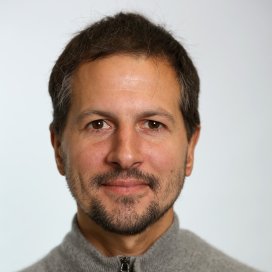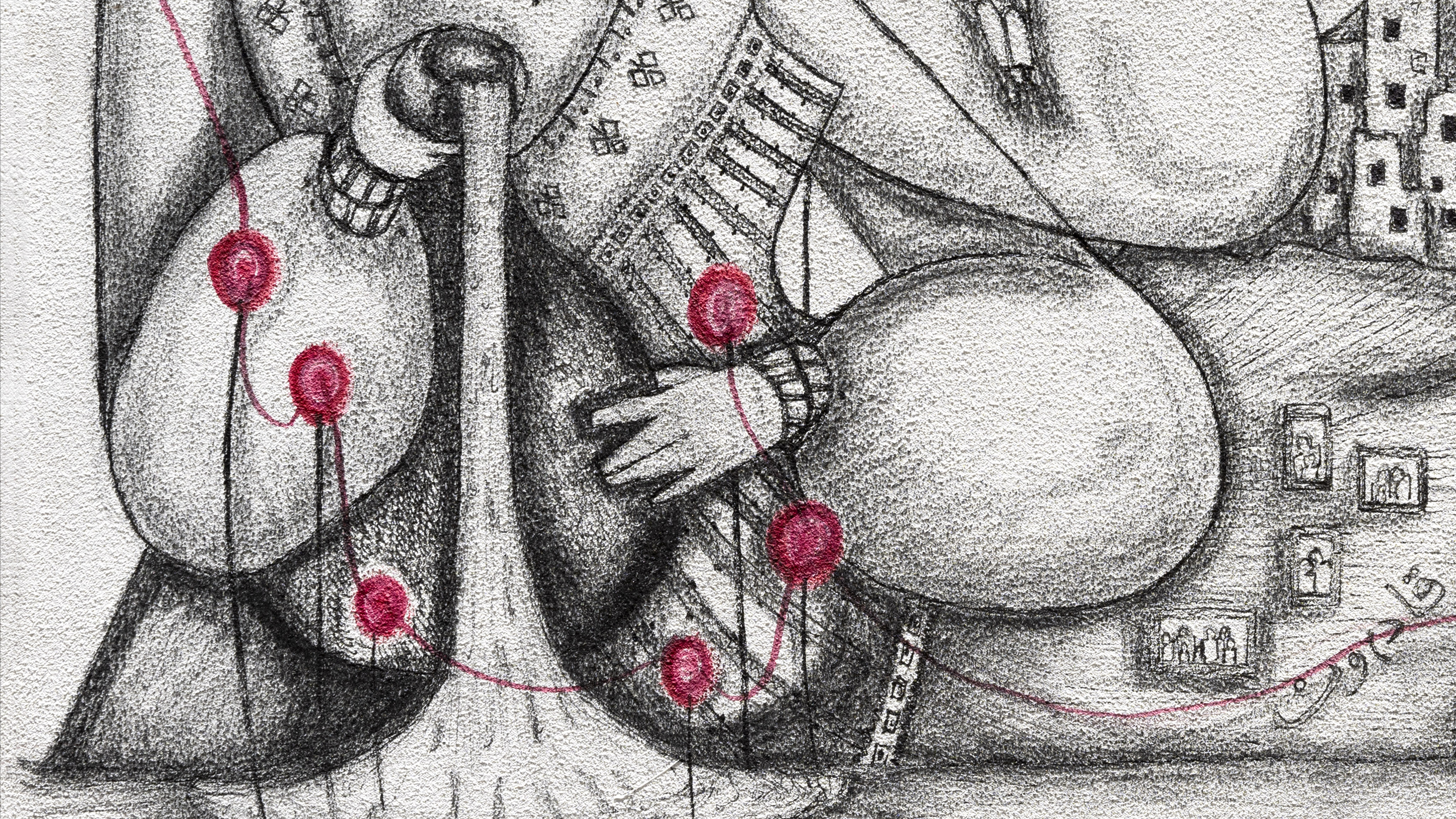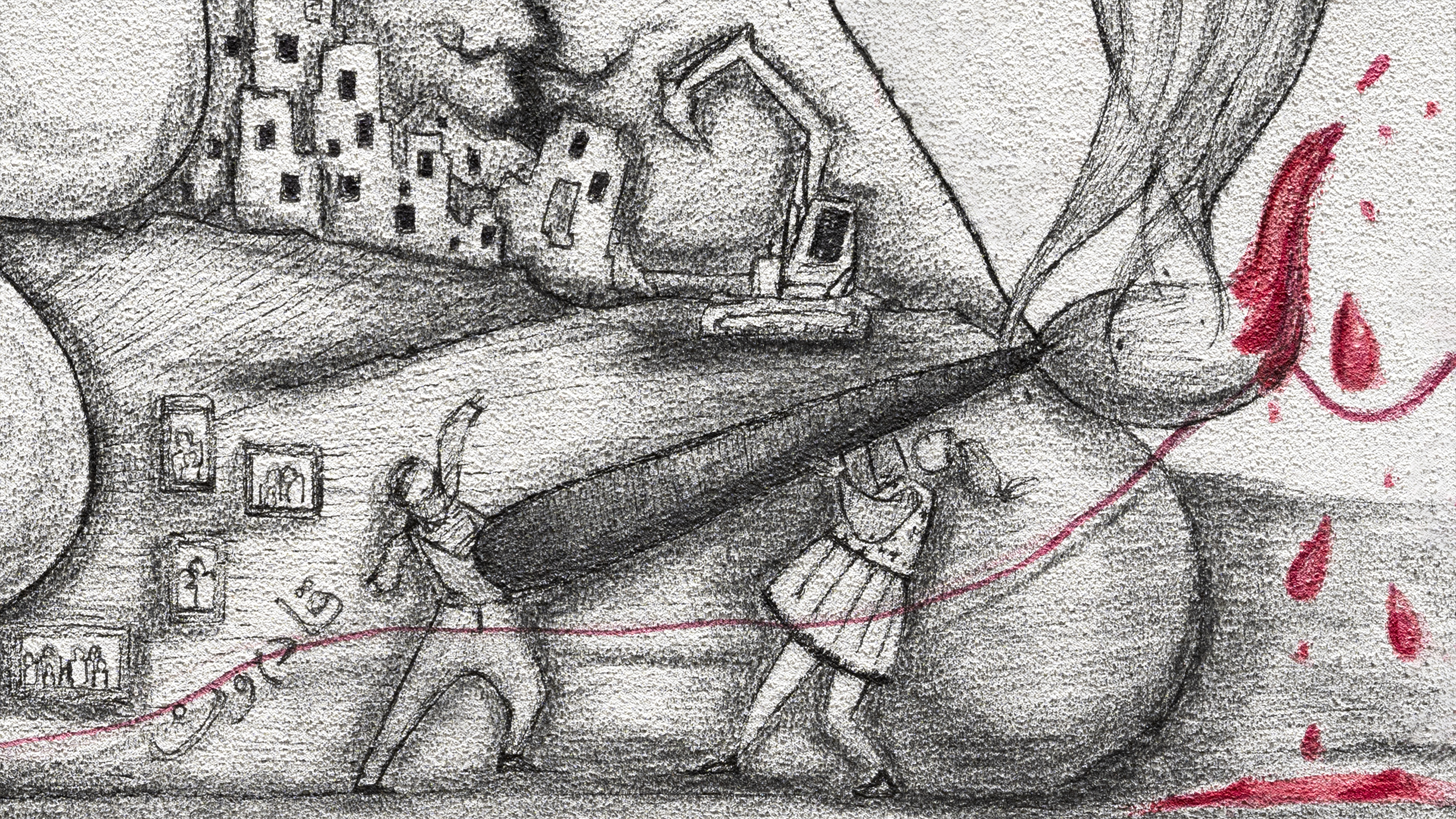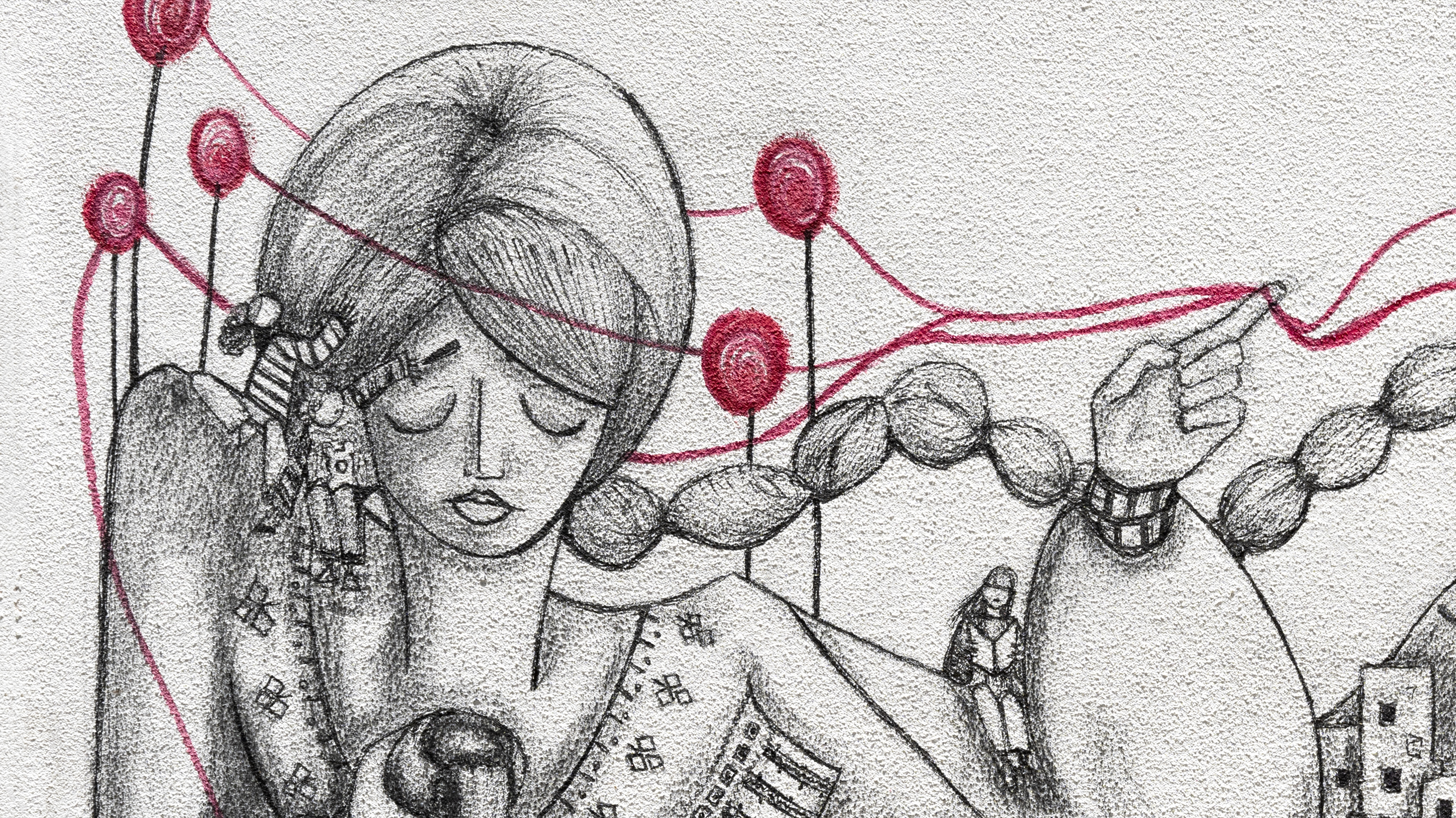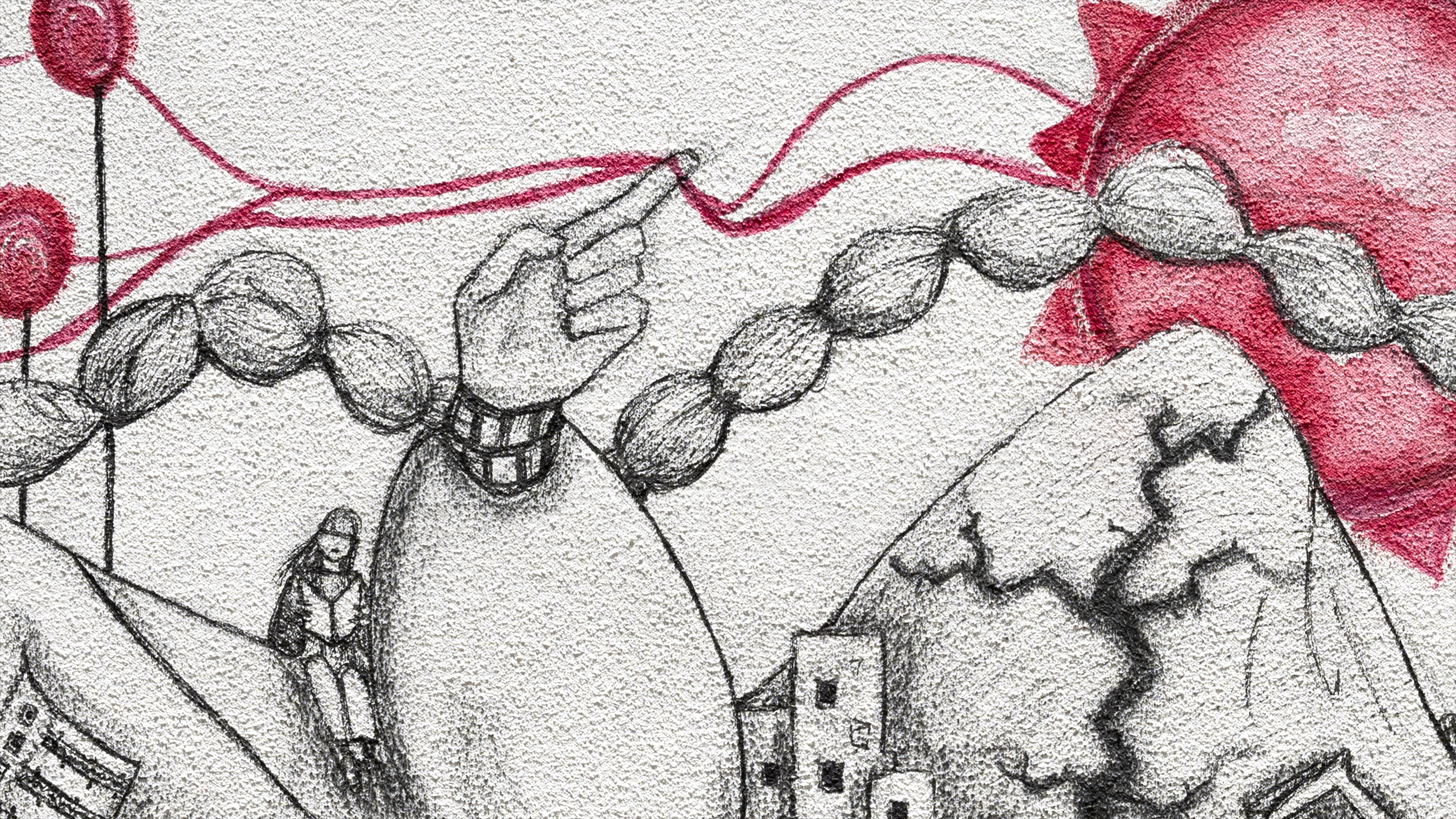This article is part of a dossier in partnership between SyriaUntold and Orient XXI, exploring the consequences of the devastating earthquake that struck Turkey and Syria in February 2023.
In the rubble of the capital of the elayet (province) of Aleppo, in 1822, the inhabitants woke up battered by one of the worst disasters to hit their region. The death toll of about 30.000 people bore witness to the severity of the tremor, but also, and certainly, to the exhaustion of resources after several decades of clashes between factions fighting for control of the city. For the Ottoman authorities, freshly restored after a violent revolt against their order in 1819, the disaster also symbolised the limits of what they could achieve.
A few years later, when the troops led by Ibrahim Pasha took over the region, the local inhabitants re-read the event as a turning point, marking the exhaustion of a past system and the beginning of a new order.
This retrospective reading is very common for natural disasters, and carries with it all the risks of anachronisms. However, it should be seen as a reminder of what a disaster is: the meeting of a natural hazard that is quite common in the region and the fragility of communities in coping with it.
It is enough to look at the chronology to know that the Levant and Turkey are subject to a regularity of tremors. The latter experiences at least one disaster every decade, and so lives to the rhythm of the tremors, even if each one reveals forgotten faults in buildings or urban planning. Regarding the former, while earthquakes are less regular, they are events that strike every generation. Each one brings with it local changes in the making. The city of Tripoli, for example, underwent a major transformation after the 1955 tremor. Each of these events serves as a political marker for the forces on the ground. In the rush to provide relief and care, they strive to demonstrate their ability to alleviate the suffering of the population. AKP supporters, for example, were able to point to the corruption of the government in power, which was incapable of providing essential care after the 1999 earthquake. Every natural disaster is an opportunity for the authorities in power to reinforce their legitimacy, at the risk of seeing their competitors do the same.
Old dynamics in place revealed
The last event in February 2023 is therefore part of an initial timeline guided by the long history of tectonic movements and the social and political reactions to their effects. In the medium term, however, it is reminiscent of other dynamics. During the first decade of Bashar al-Assad's regime, two strong features emerged. On the one hand, a young population that had known only the Assad regime was striving to invent collective practices, trying to cut for them a little of public space at a time when political action was scrupulously banned.
Hiking clubs, student groups setting up tontines (jama’aat) and cultural associations become ways for people to learn to act together.
On the other hand, the regime was "modernising", to use the terminology of the time, giving greater prominence to the non-governmental organisations it controlled. Asmaa al-Assad, the President's wife, founded one in 2001. This was the prelude to the Syria Trust for Development, which became the sole organisation in charge of development inside the country in 2008. At the same time, the Syrian Red Crescent became responsible for managing the international NGOs accredited to deal with Iraqi refugees.
This decade has seen the emergence of a double face: a regime that has not changed in terms of political closure, while at the same time setting up NGOs and development bodies; but on the other side, a society that is lively and reactive under its straitjacket. These two realities were reflected in the management of the earthquake.
Breathing amidst Ruins
17 August 2023
Of course, the extent of the losses and the clearly differentiated impact between city centers and rural areas are primarily due to twelve years of conflict and the effects it has had. Since 2012, and accelerating since 2018, two worlds seem to be at odds. Vast numbers of people have migrated to the north of Aleppo and in the Idlib region to find refuge and are surviving only thanks to the aid they receive. Meanwhile, the large towns controlled by the regime, including Aleppo and Latakia, are seeing their remaining loyal neighborhoods deteriorate less and even benefit from investment.
The destruction also reflects the conflict and its legacy. Areas ravaged by bombardment and war were more affected, having benefited at best from hasty reconstruction. Similarly, to compensate for the internal exodus, the housing and infrastructure on the limestone plateau around Aleppo were built over the last twelve years in an emergency that never allowed time for long-term construction. As a result, the western part of Aleppo is more protected than Jinderes, one of the epicenters of mortality. The vulnerability of these areas is measured by their exposure to the violence of the conflict.
The impact of the war is also reflected in the fragmented geography of crisis management. Each territory, constantly reshaped by takeovers, losses and new powers, is administered at the time of the disaster under the government of competing powers. At least three immediately stand out: the regime, the Syrian interim government and the government of national salvation.
As Joseph Daher and Sinan Hatahet have clearly shown, the disaster was also an opportunity for each power to present itself as the savior of the population. In this respect, the effectiveness of the relief effort becomes a weapon that enables these authorities to reposition themselves as central to the game, either regionally, like Hay'a Tahrir al-Sham, or on a wider stage, like the Assad regime. For the former, the challenge is to set up government structures or agencies capable of creating a real alternative. More than measuring success or failure, the key point here is the political fragmentation that has prevented a real response to the disaster.
Could the earthquake have accelerated history? A new turning point in the violent history of Syria? From the regime's point of view, it is difficult to see it that way. The logic presiding over its response is reminiscent of its pre-2011 modus operandi. It poses as the sole interlocutor for any international body or foreign government, and refuses to accept the logic of crossing borders - even in the name of urgency or logistical considerations. According to this rhetoric, Damascus is the center of north-western Syria. Within the regime, two organisations are given particular importance: the Syrian Red Crescent and, once again, the Syria Trust for Development. The latter fell out of favor at the start of the conflict, but since 2018 its teams have been making a strong comeback. Since then, Asmaa al-Assad's reaffirmation of her economic and development activities has gone hand in hand with the re-establishment of the Trust as an operator.
The earthquake confirmed this dynamic, but in no way triggered it. In keeping with its past heritage, the regime has responded to the crisis by asserting itself as the representative of Syria, even if it means abandoning the Syrians. The very slogan of the "Syria is a family" campaign is a reminder of the regime's ambivalence: it can martyr society while calling for Syria.
A subtle return of civil society
More locally, the first few hours and days saw the revival of past gestures. Faced with the stupefaction - the deaths and the growing disaster - the networks reorganised themselves. Could a trusted person collect the funds? Another to channel the funds? Another to gather information? In the affected regions, and on the outskirts, through family circles that have been largely dispersed by the forced and violent migrations of the last twelve years, messages and aid are circulating, just like the movements of 2012.
The sense of grief and loss at the destruction of one’s home
01 August 2023
Suddenly, another form of solidarity is taking hold, reclaiming a little of their battered Syria. This subtle return of Syrian society is instead leading the regime to seek to monopolise the discourse on the catastrophe. The stage was set: four days after the disaster, the President came to the ruins to tell anyone who would listen that the sanctions imposed on his regime were responsible for the whole disaster. The social networks around the opposition sites may have mocked his gesture, when he referred to buildings destroyed by his army as incidents linked to the earthquake, but the operation nonetheless succeeded in establishing a doxa: Syria is being battered from abroad.
This gesture reflects a dynamic that is gathering pace: the normalisation of relations between Arab countries and Syria. The earthquake was not the trigger. Already in 2021, gas agreements aimed at finding a solution to the Lebanese crisis had seen Egypt, Lebanon, Jordan and Syria move closer together. Similarly, the United Arab Emirates re-established diplomatic relations in 2018. The earthquake is an opportunity for Arab countries to provide extraordinary aid to areas held by the regime. In the areas outside its control, aid arrived later, confirming their marginalisation on the regional and even international agenda. Some European countries are even providing aid to Damascus. Once again, the disaster is part of an ongoing dynamic, offering the Damascus dignitary a new place in the regional concert.
Was this disaster the turning of a page? A few months on, everything seems to point to yet another disaster. The exhaustion is all the greater, with people in tents burning after seeing their precarious buildings collapse. February 2023 reflects a long process of destruction, accelerated by nature. But the political responses do not seem to promise any new topicality around the event. At least Syria will have received a little more attention at a time when one of the greatest contemporary disasters is being marginalised.


